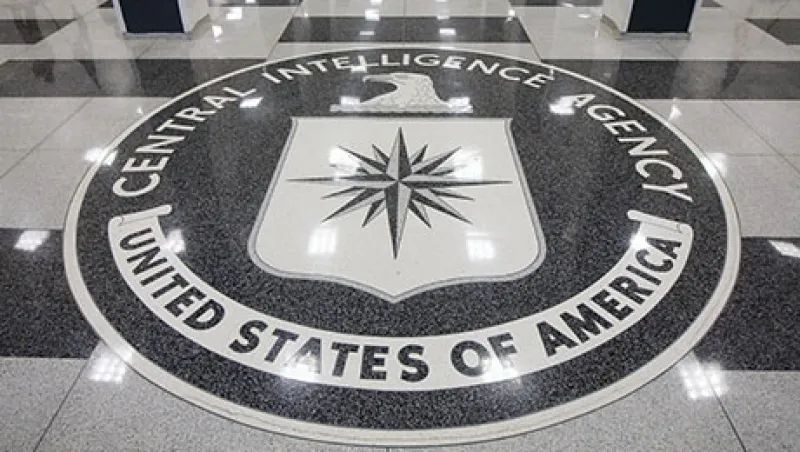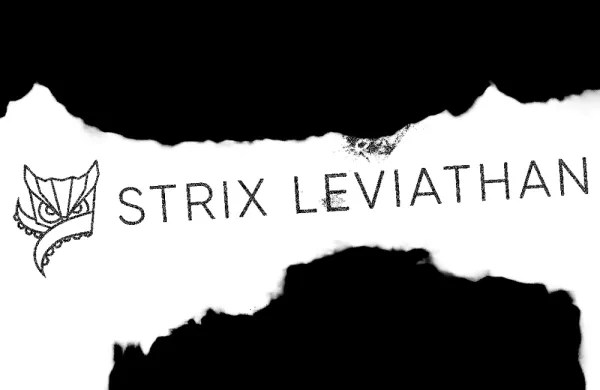Before retiring in October 2013 as the Central Intelligence Agency’s chief technology officer, Ira (Gus) Hunt modernized the agency’s IT approaches, in part by scouting out commercial innovations. Among those he reeled in were Amazon Web Services and IBM’s Watson.
Exactly what the CIA does with Amazon’s cloud and IBM’s artificial intelligence isn’t public knowledge, but the signals are clear: Neither government nor private industry has a monopoly on high-tech problems or solutions, and the two sectors are capable of — and indeed have already started — helping each other.
For corporations and governments alike, the red-alert threat of the moment is cyberattacks, and civilians with backgrounds like Hunt’s are in demand. One of Hunt’s post-CIA roles is as an advisory board member of Canada-based cyberdefense technology company eSentire, where he is “helping us apply the same concepts of signals intelligence that the agencies use,” says eSentire CEO J. Paul Haynes.
ESentire, in turn, has a strategic relationship with Boston-based Eze Castle Integration, a leading provider of cloud computing services to hedge funds, with 650 clients worldwide. Bob Guilbert, ECI’s head of marketing and products, endorses eSentire as “the premier cybersecurity vendor for alternative investments” and says the presence of Hunt, who “brought aspects of CIA operations into a cloud environment,” underscores how secure cloud utilities can be.
Critical to cybersecurity is threat intelligence — the gathering of information and connecting of dots that are core competencies of the CIA, National Security Agency and counterparts elsewhere, such as the U.K.’s MI5 and MI6. They have had some failures, most tragically when signals got crossed before the 9/11 attacks, and their eavesdropping at times has gone too far, but they are powerful and instructive nonetheless. They were wrestling with big data long before that became a business buzzword.
“Cyber is a big-data analysis problem, and one of the tougher ones,” Hunt tells Institutional Investor. “It means dealing with velocity, volume and variability, signal-to-noise ratios and false positives.” He says eSentire succeeds at sifting through vast quantities of data, within its customer base as well as aggregated reports from the Financial Services Information Sharing and Analysis Center, to detect and react to active threats.
The eSentire-Hunt connection is but one example of talent and technology transfer in the interest of cybersecurity and, by extension, other big-data solutions. Shawn Henry, a pioneering cybercrime investigator during a 24-year FBI career, joined Irvine, California–based threat intelligence firm CrowdStrike in 2012 as chief security officer and head of CrowdStrike Services. In July, Jim Penrose and Jasper Graham, after 17 and 15 years, respectively, with the NSA, took senior positions with Darktrace, which is commercializing Bayesian mathematics technology developed at the University of Cambridge.
Richard Clarke, who advised presidents Bill Clinton and George W. Bush and is now chairman and CEO of Good Harbor Security Risk Management, in September took on the role of head of security products for Context Relevant, a Seattle-based start-up whose predictive analytics technology is gaining a following on Wall Street. That same month Goldman Sachs Group and Bank of America Merrill Lynch participated in a $13.5 million Series B funding round and took seats on Context Relevant’s board, intending to apply the company’s data science solutions to risk management and other analytic tasks.
Goldman also invested in cognitive computing developer Digital Reasoning through a $24 million Series C round in October. The Franklin, Tennessee–based company started in 2000 as a connect-the-dots contractor to intelligence agencies and in 2012 was introduced to top bank CTOs through participation in the FinTech Innovation Lab, run by Accenture and the Partnership Fund for New York City. DR’s technology can “see everything,” says founder and CEO Tim Estes, so today’s “killer app for banks” is surveillance of transactions and communications for risk and compliance purposes.
“Government tends to be behind the times except in a handful of fields, and this is one of those,” says Cristóbal Conde, retired CEO of financial technology conglomerate SunGard Data Systems, FinTech Innovation Lab executive-in-residence and a Digital Reasoning board member. He is also a director of Centripetal Networks in Herndon, Virginia, which has likewise migrated security technology, including malware detection that Conde says is “a thousand times faster than anything else out there,” from government to commercial use. Centripetal’s chairman is William Crowell, a former NSA deputy director. • •






